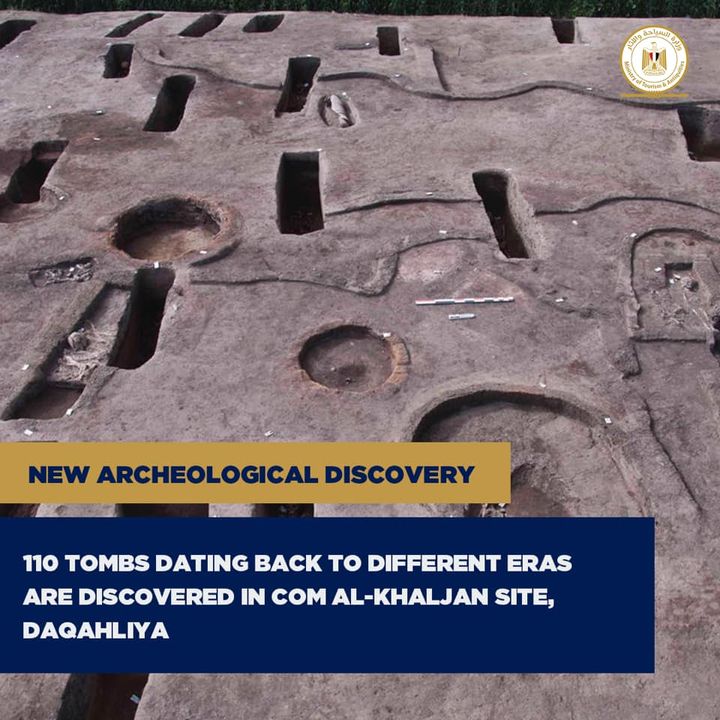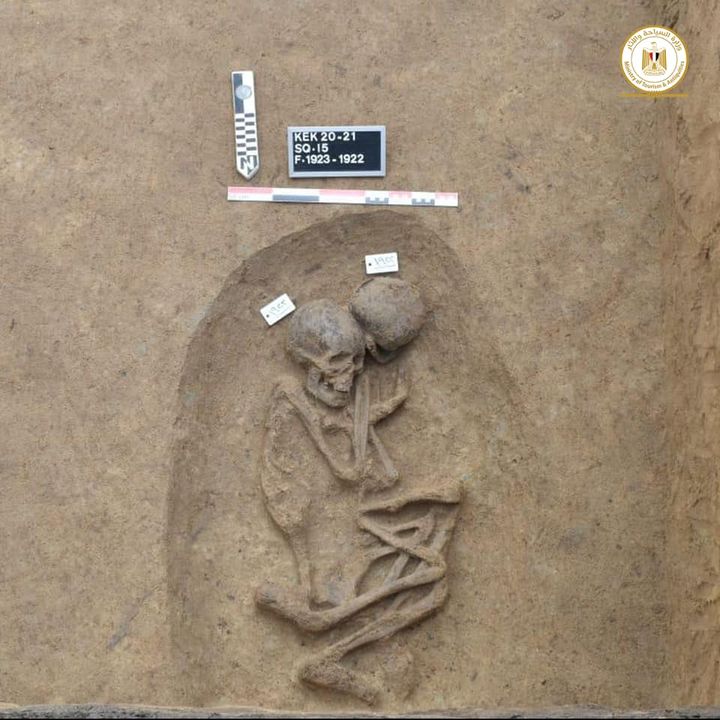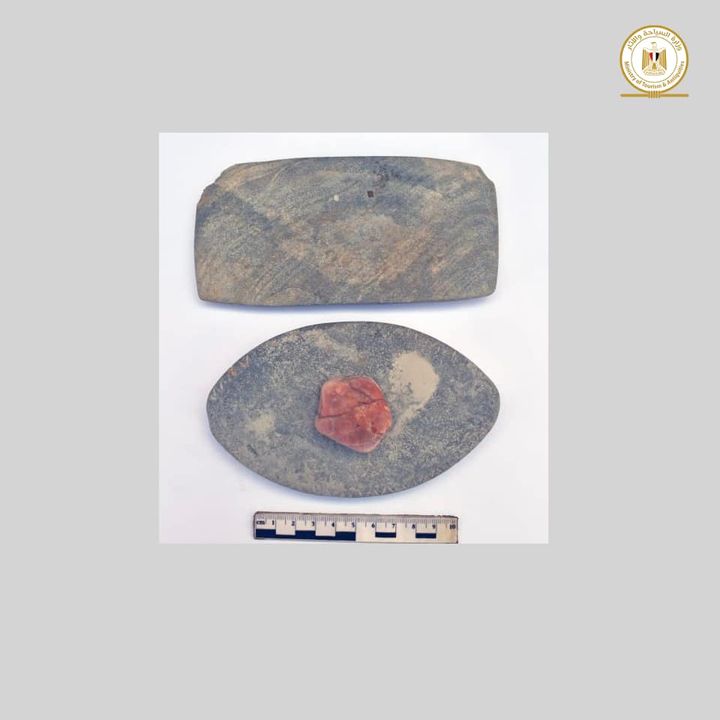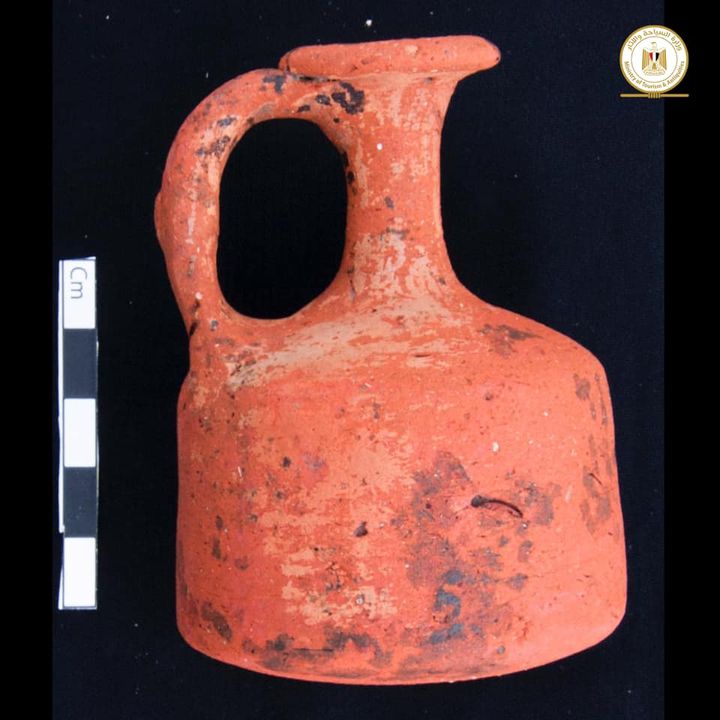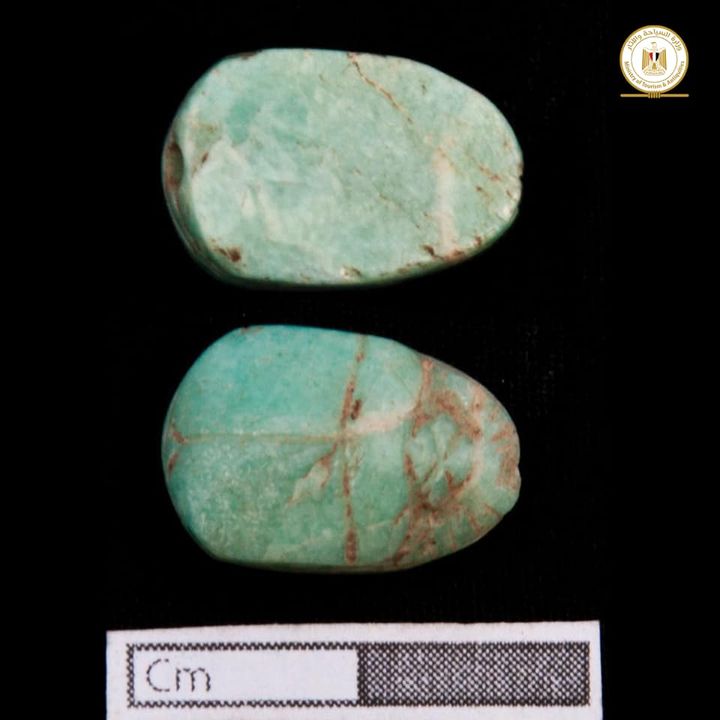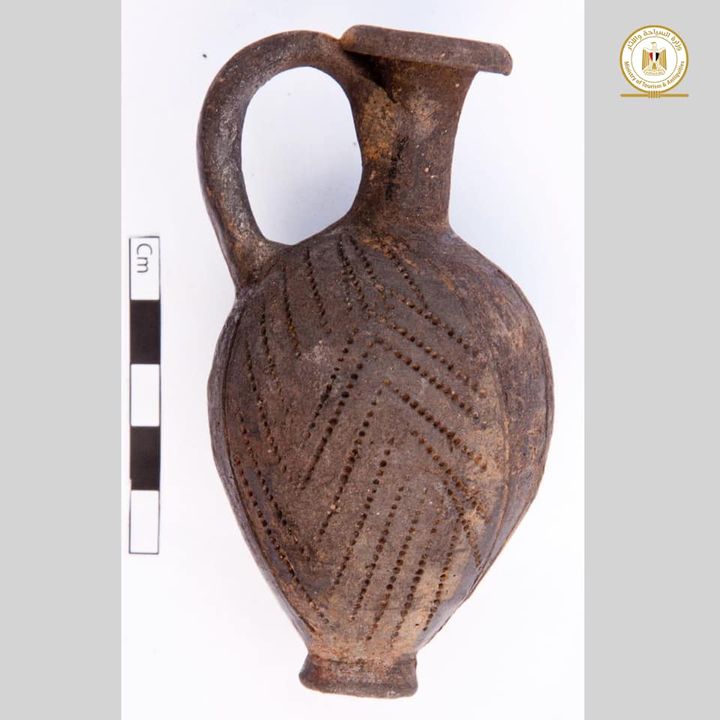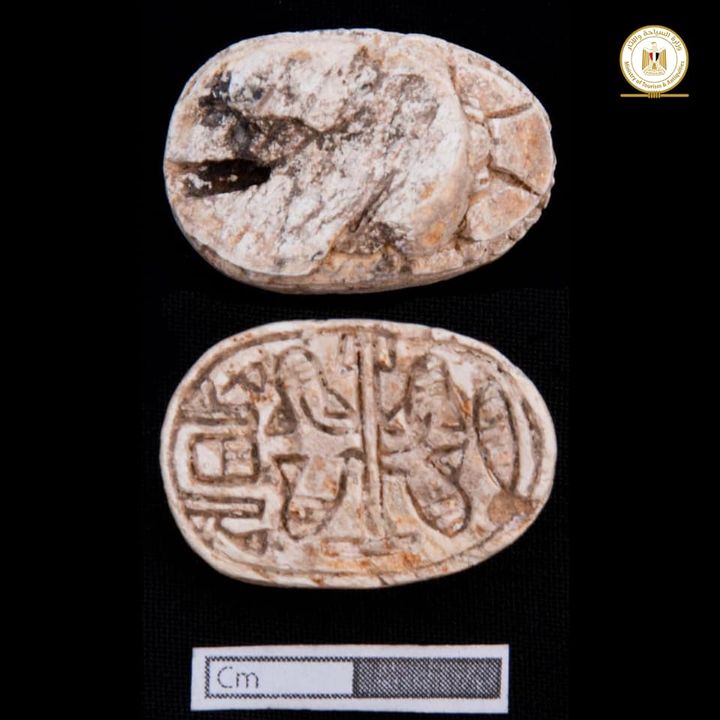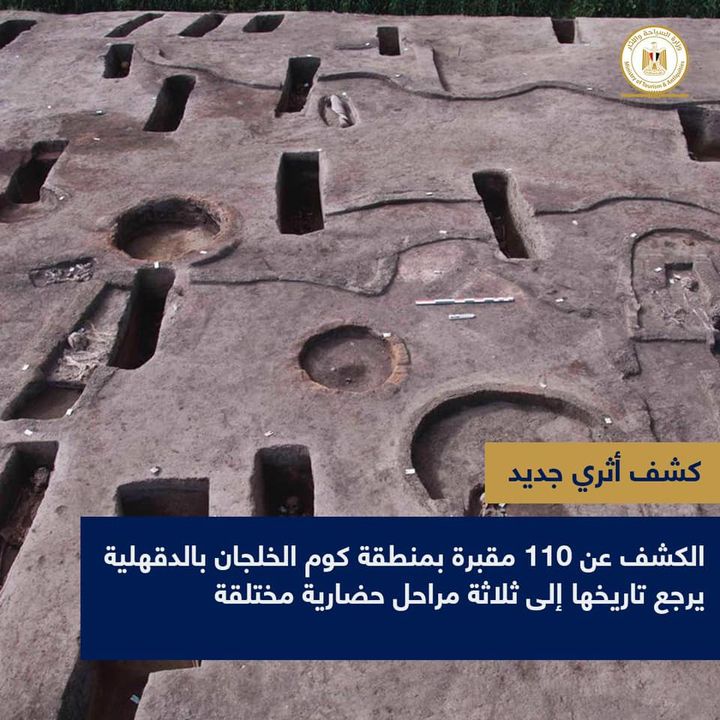نجحت البعثة الأثرية العاملة في منطقة آثار الدقهلية برئاسة الدكتور سيد الطلحاوي، من الكشف عن ١١٠ مقبرة يرجع تاريخها إلى ثلاثة مراحل حضارية مختلفة هم: حضارة مصر السفلى والمعروفة بإسم بوتو 1 و 2، و حضارة نقادة III، وعصر الانتقال الثاني المعروف بفترة الهكسوس، وذلك أثناء أعمال الحفر الأثري بمنطقة كوم الخلجان بمحافظة الدقهلية.
صرح بذلك الدكتور مصطفى وزيري الأمين العام للمجلس الأعلى للآثار، مشيرًا إلى أن هذا الكشف يُعد إضافة تاريخية وأثرية هامة للموقع، حيث من بين المقابر التي تم العثور عليها 68 مقبرة ترجع لمرحلة حضارة مصر السفلى وخمسة مقابر من عصر نقادة III و 37 مقبرة من عصر الهكسوس، و مازالت الحفائر مستمرة للكشف عن مزيد من أسرار هذه المنطقة.
ومن جانبه أضاف الدكتور أيمن عشماوي رئيس قطاع الآثار المصرية بالمجلس الأعلى للآثار، أن ال 68 مقبرة هي عبارة عن حفر ذات أشكال بيضاوية قطعت في طبقة الجزيرة الرملية بالمنطقة، ووضع بداخلها دفنات لأشخاص في وضع القرفصاء؛ حيث كانت أغلبها ترقد على جانبها الأيسر وتتجه رأسها نحو الغرب. بالإضافة إلى الكشف عن بقايا دفنة لطفل رضيع داخل إناء من الفخار من فترة بوتو 2 وضِع معه إناء صغير من الفخار كروي الشكل.
وقال الدكتور أيمن عشماوي، أن الخمسة مقابر التي ترجع لفترة نقادة III، هي أيضا عبارة عن حفر بيضاوية الشكل قطعت في طبقة الجزيرة الرملية، منها مقبرتين غطيت جوانبهما وقاعهما وسقفهما بطبقة من الطين. وقد عثرت البعثة داخل الحفر على مجموعة من الأثاث الجنائزي المميز لهذه الفترة وهي عبارة عن أواني أسطوانية وكمثرية الشكل، بالإضافة إلى صلايات صحن الكحل، زُين سطحها برسومات وأشكال هندسية كما وجد عليها كتلة صغيرة من الظران كانت تستخدم لصحن الكحل.
وقالت د. نادية خضر رئيس الإدارة المركزية للوجه البحري بالمجلس الأعلى للآثار، أن المقابر الخاصة بمرحلة عصر الانتقال الثاني ( فترة الهكسوس)، تم الكشف عن 37 مقبرة لها منها 31 عبارة عن حفر شبه مستطيلة الشكل تتراوح أعماقها بين 20 سم و 85 سم، وتتميز بأن جميع دفناتها في وضع ممدد والرأس يتجه نحو الغرب والوجه إلى أعلى. هذا بالاضافة إلى العثور على تابوت من الفخار بداخله دفنة لطفل، ومقبرتين لطفلين من الطوب اللبن على شكل بناء مستطيل موضوع بداخله دفنات الطفلين وبعض الاثاث الجنائزي؛ منها إناء فخاري صغير الحجم وحلق من الفضة، فضلا عن بقايا دفنة لطفل رضيع داخل إناء كبير من الفخار. وقد تم وضع الأثاث الجنائزي داخل الإناء والذي تمثل في إناء صغير من الفخار أسود اللون .
كما عثرت البعثة أيضا على مجموعة من الأفران والمواقد وبقايا أساسات مباني من الطوب اللبن، والأواني الفخارية، والتمائم خاصة الجعارين التي صنع البعض منها من الأحجار شبه الكريمة والحلي مثل الأقراط.
A discovery of 110 tombs in The Com Al-Khaljan area of Daqahliya
The archaeological mission working in excavations in Kom al-Khaljan site Daqahliya governorate, headed by Dr. Sayed Al-Talhawi, succeeded in discovering 110 tombs dating back to three different civilizations: the civilization of Lower Egypt known as Bhutto 1 and 2, the Civilization of Naqada III, and the second transition era known as the Hyksos period.
Dr. Mustafa Waziri, Secretary-General of the Supreme Council of Antiquities, stated that this discovery is an important historical and archaeological addition to the site, where among the tombs found are 68 dating back to the period of the civilization of Lower Egypt and five tombs from the era of Naqada III and 37 tombs from the era of Hyksos. The excavations will continue to reveal more secrets from this region.
Dr. Ayman Ashmawi, head of the Egyptian antiquities sector at the Supreme Council of Antiquities, added that the 68 tombs are oval-shaped pits cut in the island’s sandy layer and contain people buried in a squatting position, most of whom lay on there left side with their head pointing westward. In addition to uncovering the remains of a baby buried inside a pottery vase from the Bhutto 2 period, a small pot of spherical pottery was placed with it.
Dr. Ayman Ashmawi said that the five tombs, which date back to the Period of Naqada III, are also oval-shaped pits cut into the island’s sandy layer, including two tombs that had their sides, bottoms, and roof covered with a layer of clay. Inside the pits, the mission found a collection of distinctive funerary furniture for this period, cylindrical and triangular pots, as well as kohl plate prayers, whose surface was decorated with geometric drawings and shapes, and a small mass of skunk used for kohl saucers.
Dr. Nadia Khader, head of the Central Department of lower Egypt in the Supreme Council of Antiquities, said that the tombs of the second transition period (Hexus period), 37 tombs were uncovered, 31 of which are semi-rectangular pits ranging in depths between 20 cm and 85 cm, and characterized by the fact that all their burials are in an extended position and the head is heading west and face upwards. In addition, a pottery coffin was found inside a burial ground for a child, two brick tombs in the form of a rectangular building with the children’s burials and some funeral furniture, including a small pottery vase and silver rings, as well as the remains of a baby buried inside a large pottery pot. The funerary furniture was placed inside the pot, which was represented in a small black pottery vase.
The mission also discovered a collection of ovens, stoves, remnants of brick buildings, crockery, and amulets, some of which were made of semi-precious stones and ornaments such as earrings.
Ministry of Tourism and Antiquities وزارة السياحة والآثار
